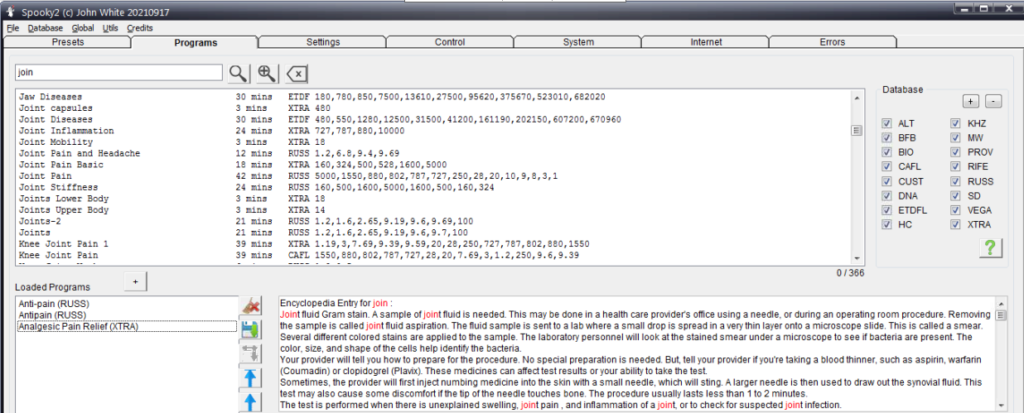What is Joint Pain/Arthralgia?

Joints are the places where bones meet, including shoulders, elbows, hips, knees, and ankles. Joint pain is extremely common. It limits your ability to move because joints will naturally degenerate as you age. About one-third of adults will experience joint pain from time to time. If you are not careful, even daily activities For example, climbing stairs can also damage your knees and cause joint pain. Other injuries or trauma may damage your joints and cause joint pain, swelling, inflammation, and stiffness. In addition to injuries, many diseases can also cause joint pain. One of the most common causes of joint pain is arthritis, including osteoarthritis and rheumatoid arthritis, which can cause various joint pains. In addition to the knees, buttocks, wrists and fingers are also targets of arthritis. Other conditions that may cause joint pain include:
- Bursitis: helps cushion inflammation of the sacs of the joints.
- Gout: A type of arthritis when too much uric acid crystallizes and deposits in the joints.
- Tendonitis: Inflammation of the tendon.
- Fibromyalgia.
- Infection: flu, hepatitis, mumps, etc.
- Lupus: an autoimmune disease.
Traditional treatments for joint pain
Depending on the severity of joint pain and whether it is chronic or acute pain, treatment options include home care, medication, and physical therapy. There are several ways to relieve joint pain:
- Use elastic bands or wraps to protect and compress the joints.
- Let the joint rest, or perform only light activities under the supervision of a doctor. Apply ice to the joints for about 15 minutes, several times a day.
- Elevate the joints above the level of the heart.
- Medications: For mild joint pain, over-the-counter (OTC) non-steroidal anti-inflammatory drugs (NSAIDs) such as aspirin, celecoxib, ibuprofen, and naproxen can relieve pain. If over-the-counter medications do not work for you, you can ask your doctor to prescribe stronger medications or injections of steroids or platelet-rich plasma.
- Physiotherapy: A physiotherapist can teach you how to strengthen the muscles around the joints, stabilize the joints and improve the range of motion. The therapist will use different techniques such as ultrasound and electrical nerve stimulation to achieve this goal. Ultrasound and electrical nerve stimulation can also be considered as a frequency therapy, but Spooky2 can have more frequency therapy methods….
Spooky2 provides several ways to treat joints with frequency
Spooky2 provides various procedures for different types of joint pain, including arthritis, knee pain, elbow pain, fibromyalgia, gout, and lupus. You can choose the one that best suits your situation:
- The contact mode usually displays fast results by applying high frequencies directly to the body. You need to follow the safety instructions because the contact method may not be suitable for people with metal implants or pacemakers.
- The remote mode is usually recommended because it is not restricted by time or location. No matter where you are, the remote control can relieve your joint pain.
- If you are willing to aim the laser at the correct acupuncture points around the painful joint, you can also choose a cold laser.
- Plasma and pulsed electromagnetic fields can also effectively relieve pain. As long as you stay in the energy field, they can help your joints.
Spooky2 can effectively and quickly relieve your joint pain. When you use it, you may or may not feel sweating, headache, joint pain or fatigue. These are called Herxheimer reactions. ). There are many different types of Hexheimer’s reactions, which vary from person to person, depending on your health. If you don’t feel them, it’s completely normal. If you feel them, you can stop for a while to recover. Resume treatment later.



